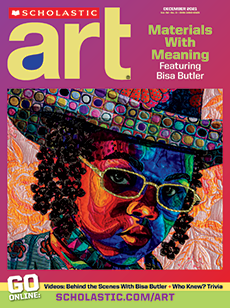Courtesy of Sachi Cunningham, Emma Marie Chiang, and Jessica Christian.
Sachi Cunningham
Sachi Cunningham: I’m a surf photographer and filmmaker. I specialize in big wave photography—where the water meets the sky and where waves are formed. I’m hoping to showcase the majesty of the wave and surfers’ most powerful moments on those waves.
